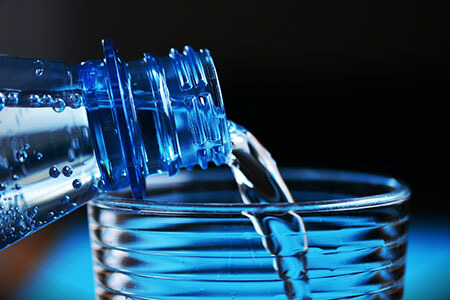Properties of Solids, Liquids and Gases
6 Topics | 5 Quizzes
Particles in Solids, Liquids and Gases
8 Topics | 7 Quizzes
Changes in State of Matter
12 Topics | 11 Quizzes
Expansion and Contraction in Solids, Liquids and Gases
5 Topics | 4 Quizzes
Density of Solids, Liquids and Gases
7 Topics | 6 Quizzes
Elements, Compounds and Mixtures
6 Topics | 5 Quizzes
Names and Symbols for Elements and Compounds
4 Topics | 3 Quizzes
Introduction to the Periodic Table
5 Topics | 4 Quizzes
Physical and Chemical Changes
7 Topics | 6 Quizzes
Describing Chemical Reactions Using Equations
4 Topics | 3 Quizzes
Investigating Chemical Reactions
9 Topics | 8 Quizzes
2 | Shape of Solids, Liquids and Gases

2 | Shape of Solids, Liquids and Gases
Shape of Solids, Liquids and Gases
Solids
- If an ice cube is taken out of a freezer and placed in a glass, it still has the same shape as when it was in the ice tray.
- Its shape doesn’t change.
- We can therefore say that solids have a fixed shape.

Solids, such as ice cubes, have a fixed shape.
(Image: terimakasih0, Pixabay)
Liquids
- If water is poured into a glass, the water takes on the shape of the glass. If the water is then poured from the glass to an ice tray, it takes on the shape of the ice tray.
- Its shape changes, depending on the shape of the container it is in.
- We can therefore say that liquids have a variable shape.

The shape of liquids changes, depending on what they are in.
(Image: congerdesign, Pixabay)
Gases
- Although we can’t see water vapour, or most other gases, we can determine their shape.
- For example, if a balloon is filled with helium gas (the type of gas that makes party balloons rise into the air), the gas takes on the shape of the balloon, which might be round, star-shaped or heart-shaped.
- We can therefore say that gases have a variable shape.

The shape of gases changes, depending on what they are in.
(Image: Artturi_Mantysaari, Pixabay)
